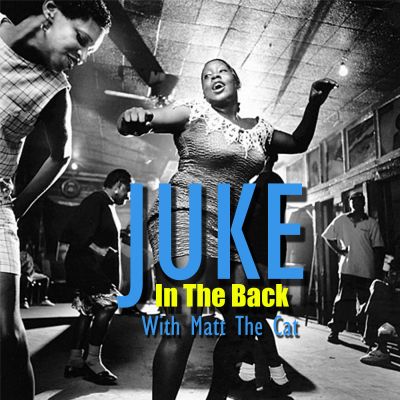At the end of the Second World War, economics forced the big bands to trim their once great size and thus, the Jump Blues combo was born. Between 1946-1954, rhythm and blues laid the tracks for what was to become Rock n’ Roll. So how come, 75 years later, this vibrant and influential music is still so unknown to so many? Matt The Cat is going to change that with the radio program, “Juke In The Back.” These were the records that you couldn’t hear on the jukebox in the front of the establishment. To hear all this great 1950s rhythm & blues, you had to go to “Juke In The Back.”
https://www.jukeintheback.org
Episode #437 – B. B. King
Air Week: September 17-23, 2018
B. B. King
The “Juke In The Back” pays its respects to a true musical icon, B.B. King. Riley B. King was raised on plantations as his mother was a sharecropper. He wanted to play guitar and sing on the radio like his mother’s cousin, Bukka White. He moved from Mississippi to Memphis in the mid-’40s to pursue his dream and finally in 1948, Riley got his big break, filling in for blues harpist Sonny Boy Williamson on his radio program. Soon, Riley became the “Beale Street Blues Boy” and later just “Blues Boy” or “B.B” and scored his own radio show on WDIA. Matt The Cat focuses on B.B.’s first records for Nashville’s Bullet Records and LA’s RPM label. His early sides were cut in Memphis with Sam Phillips at the controls. After a few years of non-charting records, B.B. hit the big time with a smokin’ #1 R&B hit, “Three O’Clock Blues” at the beginning of 1952. From there, he would score 3 more #1s. “Juke In The Back” features all of B.B. King’s great R&B hits from 1949-1955. Many of these you never get to hear these days. B.B. had a life of accomplishments as a great ambassador for the blues. We know how great he became and on this week’s program, we’ll see just where he started from.
LISTEN BELOW